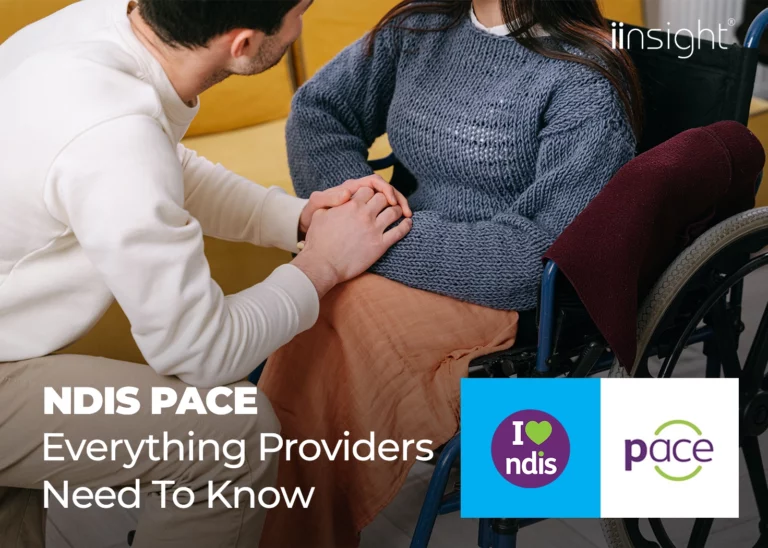An effective case management system can keep up with the new demands for virtual healthcare. Learn how to keep track as an allied health care provider here.
COVID-19 quarantines are causing frustrations and delays regarding patient care. With COVID still a threat, patients are still struggling to make appointments. More allied health care providers are responding by offering telehealth options.
In fact, telehealth visits grew by 1,000% in March 2020 and over 4,000% in April.
With virtual healthcare, you can help your patients and meet new demands in the industry. Telemedicine can help you and your patients remain safe, too.
Not sure how to manage your appointments? An effective case management system can help. By developing a better system, you can remain organized and improve patient satisfaction.
Set yourself up for success this year. Keep reading to learn how to keep track of virtual healthcare with these tips today!
1. Prepare Yourself and Patients
In order to offer better virtual healthcare visits, it helps to prepare yourself before each appointment. Otherwise, you could waste valuable time trying to gather information. You might struggle with technical issues, too.
Take the time to grow comfortable with your virtual healthcare system. Explore the program and determine which tabs and buttons you’ll utilize. Becoming more familiar with the program will help you look confident during the appointment.
If you click around, unsure of where everything is, patients might feel uncomfortable.
Take the time to familiarize yourself with your patient records and their medical histories, too. This is especially important during a first-time consultation. Know which questions you’ll need to ask your patients.
It can also help to prepare your patients for their virtual healthcare visits, too.
Only 25% of consumers were using telehealth before the pandemic. For many people, this is their first time.
Many patients don’t know what to expect from telehealth. You can prepare them by creating a list of instructions for your patients. Email these instructions when your patients schedule their telehealth appointments.
Let patients know how to prepare for their visit. They’ll need to access the program using an app or web address. Having them download the app or visit the site beforehand can save time.
Let them know what type of clothing they should wear, too. The right clothing could make it easier for you to see swelling, wounds, rashes, and other symptoms.
Have your patients’ document information, including changes or symptoms, before their telehealth visit as well.
2. Train Your Staff
Take the time to schedule training for your staff members, too. The better they understand the platform, the more likely they can help you in the future. Train any staff members that will help with your virtual visits.
Walk them through the entire virtual visit process. They’ll need to learn how to sign-on, log-off, and access patient records. They’ll need to learn how to use any associated technologies as well.
Keeping your team well-versed in using these applications can improve patient care. Meanwhile, you can work as a team to become better acquainted with the system.
Consider utilizing a cloud-based case management system to improve your team’s productivity as well.
3. Gather Your Tools
Many allied health care providers rely solely on video conferencing for their virtual healthcare visits. However, there are other tools you can use to further elevate the patient experience.
For example, you can use screen sharing to share information with your patients. You can show them charts and images to help them better understand their condition. Using these tools can help patients become more engaged with their healthcare.
You can also create a portal for your patients to use in the future. This portal will provide them with easy access to their own records.
They can study their charts or bloodwork and become more familiar with their own health.
Utilize tools for storing your documents, too. You’ll find it’s easier to forward these documents in the future. The next time you need a consultation, you can share your patient documents with ease.
4. Use Remote Patient Monitoring
It’s not enough to learn how to keep track of virtual healthcare appointments. You need to consider what happens after the initial appointment, too.
For example, you can start using remote patient monitoring. Monitoring devices are becoming more popular in the virtual care environment. These documents deliver patient data to allied health care providers, allowing them to deliver better evaluations.
Patient monitoring could help you prescribe treatments based on the information you gather.
For example, you can suggest patients use wearable sensors. These sensors will monitor vitals and transmit data to your telehealth system.
Some tools require patients to enter data manually into a secure portal instead.
Consider which tools will help you learn how to improve virtual healthcare for your patients.
5. Remain Attentive
During each telehealth appointment, it’s important to make sure your patients feel cared for. They should feel like they’re sitting in the room with you.
Make sure to give your patients your undivided attention. Try to avoid looking away from the camera unless you’re reviewing notes. As you look up information, let your patients know what you’re looking for.
They’ll feel better knowing your attention is focused on their health. Otherwise, they might think you’re trying to multitask. They won’t feel like you’re prioritizing them during the telehealth visit.
6. Improve Your Network Connectivity
Before your virtual healthcare visits, have an expert review your network. You don’t want to experience network quality issues during your appointments. Otherwise, patients might feel frustrated.
Network issues detract from the patient experience.
Ask a tech experience for ways you can improve your network connectivity. Make sure you’re using a high-quality camera for your video conferencing, too. Improving the connection could improve the quality of your patient interactions.
7. Wrap Up and Follow-Up
Make sure your appointments reach a logical end. Help your patients understand their next steps before they follow-up. For example, they might need to schedule their next appointment within two weeks.
Will your patient need to call your office to schedule the appointment? Will someone from your office call them instead?
Make sure to have a plan. You don’t want miscommunications to confuse your patients.
Taking Care: 7 Tips for Better Virtual Healthcare Visits
Want to take better care of your patients this year? Use these seven tips and learn how to improve virtual healthcare at your offices! With these tips, you can improve patient satisfaction and offer the care they need.
Looking for more ways to improve your current telehealth system? We’re here to help.
Arrange a demonstration of our telehealth case management platform today.












